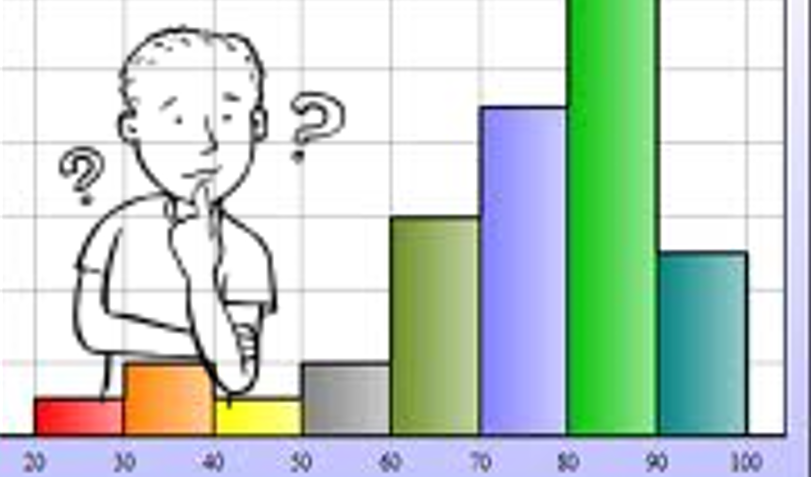Summary
Want to have students move around and work together? This lesson does just that! Students will work in six different centers based on different application aspects of polygons. Students are forced to collaborate and problem solve challenges from word problems and students will construct polygons using their natural surroundings and web 2.0 tools. This challenges the students to really synthesize essential knowledge and apply the polygon properties to real world applications. Students will communicate through web 2.0 tools, dropbox, and google forms, with their teacher at the end of every center by submitting their finished product to the teacher to be assessed.
TIPC Ratings
This was not a focus of the lesson.
Students grouped themselves for center activities. Students communicated their understanding of material and task to the teacher by submitting original products from every station via Google Forms, snipping tool, and drop boxes.
Teacher created authentic task at individual stations for students to work through to show understanding of essential knowledge. For each station the students had to examine using their knowledge of polygons to achieve the correct results. In station 6, students had to use their natural setting outside the window to find a polygon in the landscape and then outline and label it on the window. After locating the polygon students had to use an iPad to take a picture and share the picture with the teacher using google docs. In station 2, not only did students have to use the wall provided to create a trapezoid and kite but then had to use the tool “My Measure” to calculate and analyze the appropriate lines to see if that meets the correct definitions for a trapezoid and kite. Stations 4 and 5, students generated original questions in previous class and shared with teacher who then turned them into problems for these stations for classmates to solve.
For each station the students had to examine and synthesize existing knowledge to create a final product for each station. Teacher facilitates students while they are engaged in activities at every lesson and assesses their products through digital submissions during class. In station 2 and 6, students had to use their natural environment, as the lines for the bricks or figures outside the window, to find particular polygons and label them. In station 2, not only used the wall provided to create a trapezoid and kite but then had to use the tool “My Measure” to calculate and analyze the appropriate lines to see if that meets the correct definitions for a trapezoid and kite. Stations 4 and 5, students generated original questions in previous class and shared with teacher who then turned them into problems for these stations for classmates to solve. At station 7, students had to create a pure tessellation of their choice using the dots provided in the provided





